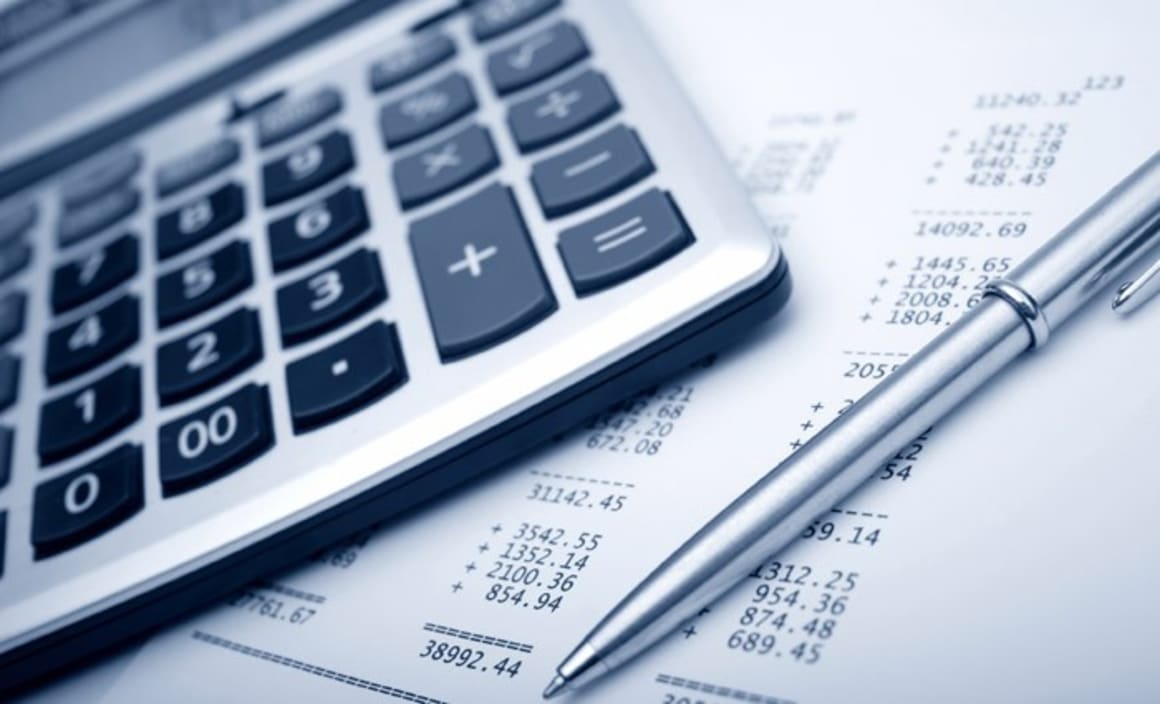RBA Governor's statement scaled back on dollar: Bill Evans

GUEST OBSERVER
As expected the Reserve Bank Board decided to leave the cash rate unchanged at 2.0%.
However, we were very surprised that in the Governor’s statement on the Australian dollar he did not repeat the sentence “Further depreciation seems both likely and necessary”. Since he introduced that language in May, the AUD has fallen from USD0.787 to USD0.728. This strategy had proved to be quite successful in ‘talking down’ the Australian dollar.
It was reasonable to expect that the strategy would be repeated given that even at USD0.728 the AUD was still above most estimates of fair value. However, the Governor’s statement was scaled back to merely observe that “The Australian dollar is adjusting to the significant declines in key commodity prices”. It is reasonable that markets will interpret this comment as indicating that the Bank no longer sees further depreciation of the AUD as “likely and necessary”.
This perception will impact market pricing for both the AUD and the outlook for interest rates. It is reasonable that a key explanation for markets pricing in around a 60% probability of a rate cut by November is the expectation that the Bank would continue to openly discuss the possibility of rate cuts. A key motivation behind cutting rates would be to further lower the AUD. That motivation now seems to have dissipated.
As we did expect, there are very few additional changes to this statement. The Bank remains confident that inflation will remain consistent with the target over the next one or two years and also notes that the economy is likely to be operating with a degree of spare capacity for some time yet.
In July, we noted that the Governor commented that the unemployment rate had been little changed recently and this was emphasised once again, noting somewhat stronger growth in employment and observing that the unemployment rate had been steady now over the past year. In a recent speech the Governor raised the issue that trend growth in the Australian economy may be lower than 3-3.25% partly explaining the stable unemployment rate despite growth only being 2.5%.
Despite recent evidence of rapid house price growth in both Sydney and Melbourne there was no elevated concern around the house price issue. Strong price rises were noted in Sydney with the qualification that trends were more varied in other cities.
Recent increases in interest rates for housing investors were not noted although the observation that the Bank was working with regulators to contain risks was repeated.
There was a mild surprise in the observation that weaker commodity prices largely reflected increased supply given that softer demand conditions must also be a relevant factor.
Finally, the Bank repeated its expectation that the Federal Reserve will start increasing its policy rate later this year. That move of course is likely to contribute to slowing down any recovery in the AUD that might come as a result of the markets’ perception that the RBA is no longer calling for a lower AUD. The Fed’s decision will be known by 17 September although markets are likely to become more focussed on that event than is currently the case where only a modest probability is given to a Fed move at that time.
Outlook
Clearly there is nothing in this statement that would motivate us to move away from our call that rates will remain on hold in 2015 and through the course of 2016.
As discussed, less urgency around the AUD weakens one argument for lower rates in 2015, although if the RBA observes a very strong market response then it may need to reinstitute its successful strategy at the September and/or October statements.
BILL EVANS is chief economist of Westpac.